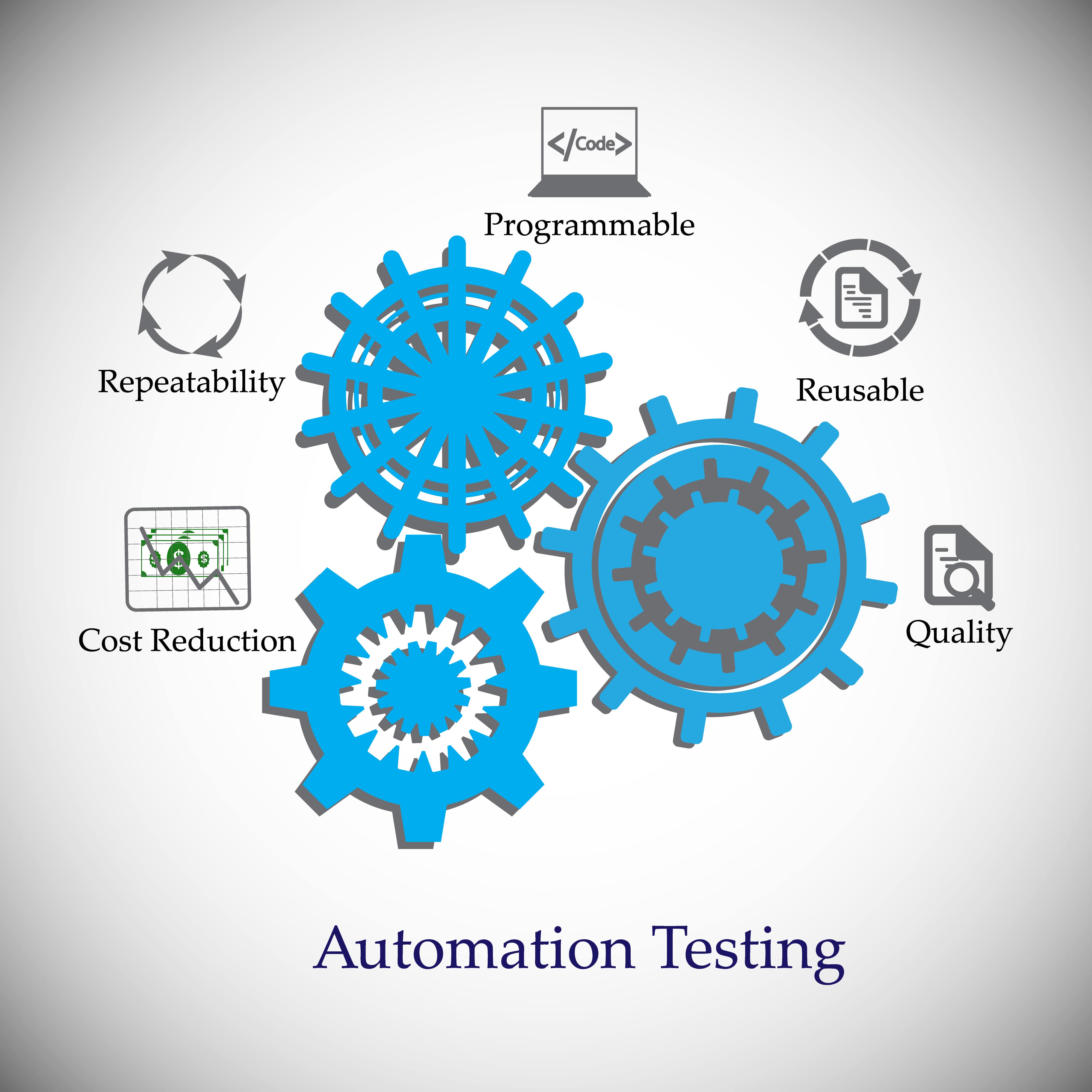Exactly How Automation Testing Changes Quality Assurance Processes
Exactly How Automation Testing Changes Quality Assurance Processes
Blog Article
From Handbook to Automated Screening: A Comprehensive Guide to Transitioning Efficiently and Effectively
In the world of software testing, the shift from handbook to automated procedures has actually come to be a significantly vital change for companies looking for to enhance performance and accuracy in their testing methods. The journey from handbook to automated testing is not without its challenges, but when come close to strategically and with a clear strategy in mind, the advantages can be significant.
Advantages of Automated Checking
Automated testing provides countless advantages, improving performance and precision in software program advancement procedures. One primary benefit is the considerable decrease in screening time. Automated examinations can be run at the same time on numerous gadgets and operating systems, substantially accelerating the testing stage contrasted to hands-on screening. This raised performance permits faster comments on the high quality of the software application, making it possible for programmers to determine and address issues without delay.
Furthermore, automated screening guarantees a greater level of accuracy in finding issues. Given that automated examinations comply with predefined manuscripts, human mistake is decreased, causing even more dependable examination outcomes. Consistency in testing is additionally improved, as automated tests perform the same steps precisely each time they are run. This consistency is vital in ensuring that all capabilities of the software application are completely examined, decreasing the probability of undiscovered pests sliding via to manufacturing.
Choosing the Right Tools

First of all, analyze your goals and demands. Understand the range of your project, the innovations included, and the ability of your group. This evaluation will certainly aid you determine the capabilities and attributes you need in your testing tools.
Second of all, take into consideration the compatibility of the tools with your existing systems and procedures. Smooth integration with your existing software program advancement lifecycle is crucial to ensure a smooth transition to automation.
Furthermore, evaluate the scalability and flexibility of the tools. As your screening needs advance, the tools should have the ability to adapt and fit changes properly.
Finally, consider the support and area around the tools. Durable assistance and an active individual area can supply important sources and aid when carrying out automated screening. By carefully considering these facets, you can select the right devices that line up with your needs and established the phase for an effective transition to automated screening.
Writing Effective Test Manuscripts

When crafting examination scripts, it is important to consider the specific needs of the software application being examined and ensure that the manuscripts deal with all crucial capabilities. Clear and detailed naming conventions for test scripts and examination cases can boost readability and maintainability. Additionally, incorporating mistake handling mechanisms within the examination scripts can help in recognizing and addressing issues quickly.
In addition, organizing examination manuscripts into modular parts can enhance reusability and scalability, lowering redundancy and enhancing efficiency in examination manuscript maintenance. Routine reviews and updates to check scripts are crucial to equal developing software requirements and functionalities. By adhering to these principles, testers can produce durable and reliable examination scripts that add substantially to the success of automated screening procedures.
Integrating Automation Into Workflows
By flawlessly integrating automated screening devices like Selenium or Appium into the software growth lifecycle, teams can achieve faster feedback on code modifications, leading to quicker insect discovery and resolution. This assimilation enables for constant testing throughout the advancement process, making certain that any kind of issues are determined early on, resulting in higher software quality. Appropriate integration of automation tools requires partnership between growth, screening, and procedures groups to establish a unified operations that enhances efficiency and performance in supplying premium software products.
Guaranteeing a Smooth Transition
Effectively transitioning to automated screening entails thorough preparation and mindful execution to decrease disturbances and make best use check my source of efficiency in the software application advancement process - automation testing. To ensure a smooth shift, it is important to start by carrying out see this site a thorough analysis of the existing screening procedures and recognizing areas where automation can bring one of the most significant advantages. Engaging with all stakeholders beforehand at the same time, consisting of programmers, testers, and project managers, is essential for garnering support and buy-in for the automation campaign
Communication is crucial throughout this change phase. Clear interaction of the goals, benefits, and assumptions of automated screening aids to handle any kind of resistance or worries that may emerge. In addition, offering sufficient training and resources for employee to upskill in automation tools and strategies is essential for guaranteeing a successful change.

Conclusion
To conclude, transitioning from manual to automated testing provides numerous benefits, consisting of enhanced effectiveness and integrity. By picking the ideal tools, writing efficient test scripts, and integrating automation effortlessly into operations, companies can ensure a smooth and effective shift. It is necessary to embrace automation as a valuable property in software program testing procedures to enhance general top quality and efficiency.
In the world of software testing, the change from guidebook to automated procedures has become a progressively important transition for organizations seeking to improve efficiency and precision in their screening techniques. Automated tests can be run at the same time on several gadgets and operating systems, dramatically speeding up the screening stage go compared to hands-on testing. Consistency in testing is additionally boosted, as automated tests execute the exact same steps exactly each time they are run.To make sure the successful execution of chosen testing tools, the creation of effective test manuscripts plays an important duty in verifying the functionality and efficiency of automated procedures - automation testing. By adhering to these concepts, testers can create durable and effective examination manuscripts that add dramatically to the success of automated testing processes
Report this page